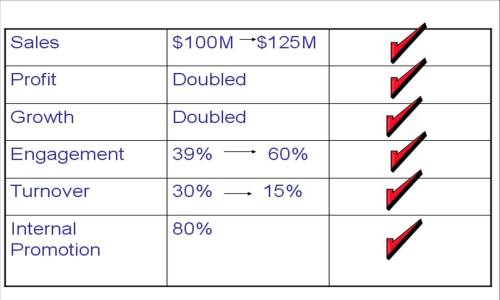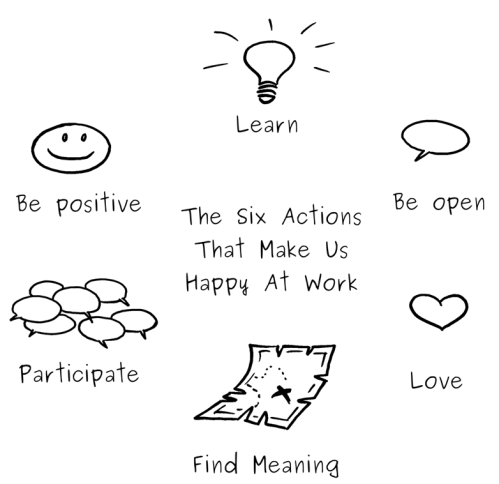By now some of you may or may not have realised, I’m working on some cultural change in my workplace at the moment- and it isn’t easy. No one expects it to be, but then I guess you never realise how hard it is when you have people in a particular industry that aren’t quite like those in the private sector.
In terms of the LSI, the primary styles of the people that I work with are:
Avoidance:
• A strong tendency to deny responsibility for one’s own behaviour
• Feelings of guilt over real or imagined mistakes
• Fear of failure
• A pre-occupation with one’s own concerns
• Lack of self-disclosure that eventually leads to emotional isolation
Approval:
• Low self-esteem
• Pre-occupation with opinions of others
• A tendency to be too agreeable, “wishy-washy” and compliant
• Difficulties with conflict, negotiation and confrontation
Oppositional:
• The ability to ask tough- probing questions
• A tendency to seem aloof and detached from people
• A need to look for flaws in everything
• A tendency to make others feel uncomfortable
• A negative, cynical attitude
• A sarcastic sense of humour
Sounds fun hey…
I was reading “Employee Enragement; Why people hate working for you” by James Adonis and I thought I might share a few key things that I have personally experienced in my working life so far that you may find humourous/appaulling/entertaining (or not!).
Just to give you some background, the book outlines 50 of the top reasons for employee disengagement and while some are quite funny- it is something that our people managers are doing every single day.
#49- Care and compassion: In one of my jobs there was a problem with the air conditioning. You know the story; some people near the glass are sweating while the people in the middle are freezing. Well they did do some testing, and I was sitting in a section of the office that was 14 degrees. I tried to stay warm but I ended up being really ill with a virus after no one would do anything to help me. Despite working really hard for 10 and sometimes 12 hours a day, when I took two days off sick the Senior HR person demanded to know why I wasn’t there and a colleague explained the situation. When I came back she said ‘had a bit of hay fever did we?’. What a cow.
#45- Empowerment: One HR director had to approve everything. And we’re talking down to invitations to induction. If you can’t empower your senior specialist then why are they there?
#41- Office psychopaths: haha so many examples coming to me right now. One I will share that happened to me this week. My workplace has hard floors and long corridors. I am female and I wear heels. This is what was put on my door this week. It is kinda funny, but at the same time- very, very weird. Passive Aggressive much?

#27- Overworked: Nothing is more important then a person’s health and wellbeing. Sure deadlines will pass, but we are talking about people here. A manager once told me I couldn’t go home after 12 hours and I felt like I might be sick from exhaustion. Please managers- watch your employees and put them first.
#5- Negativity: Everyone must have worked with a Negative Nancy or Debbie Downer at some stage. They are draining, exhausting and may or may not be labelled an ‘oxygen thief’ in the team. I’ve encountered many of these and even been one myself at various times. One teammate I worked with threw a tantrum because we were presenting to the management team and I had printed some slides to explain my section and hadn’t told her. It was a last minute thing on my behalf, but I didn’t think it warranted her screaming, throwing things and swearing at me. Not acceptable. For any reason. Ever.
And the number one reason is lazy and underperforming co-workers according to James Adonis. He says that in a lot of companies many people just get paid for turning up rather than on how they perform, and this is very disengaging for the ones who work really hard. This is particularly true for government organisations whose remuneration scales are generally very transparent.
Out of necessity sometimes, managers end up spending more time on the bad employees when they should be dedicating time with the good performers. So what do you do then?
James suggests that you:
1) Train them
2) Motivate them
3) Nuture them
4) And if that doesn’t work sack them!
What do you think??








